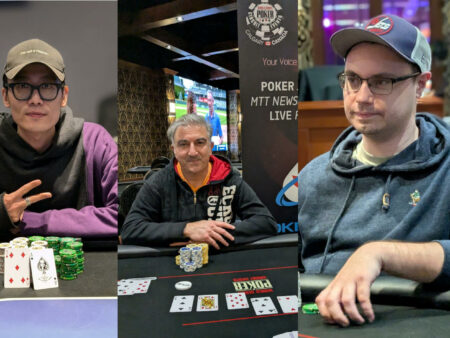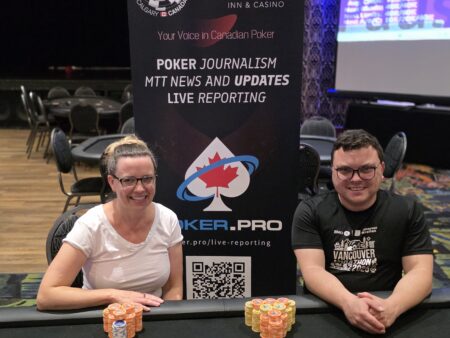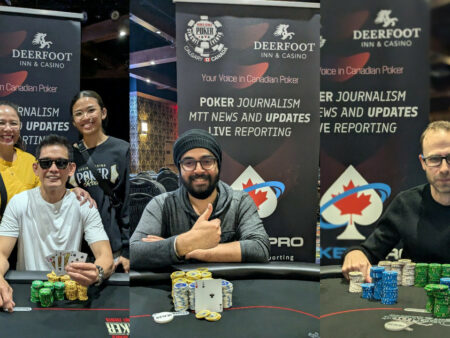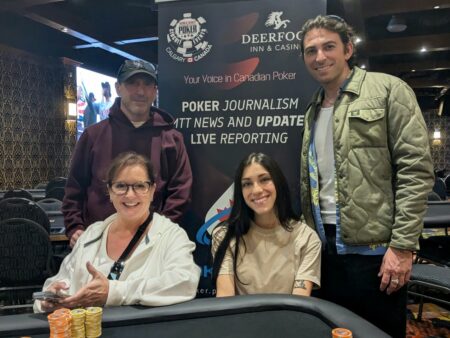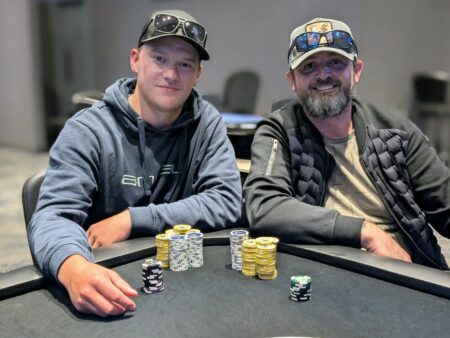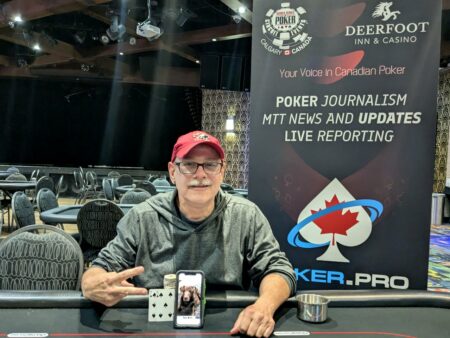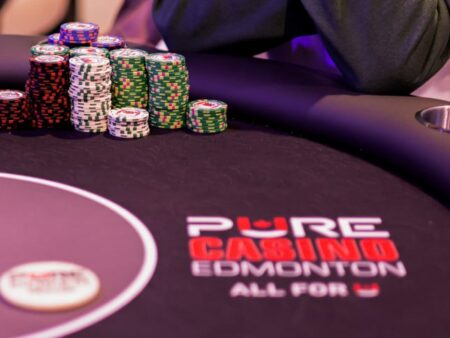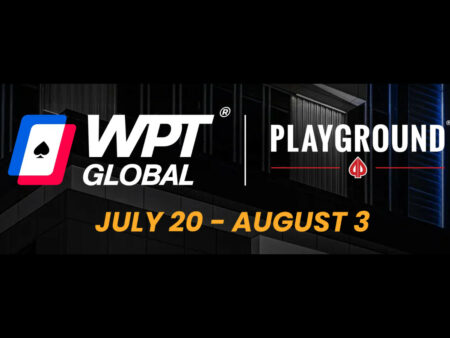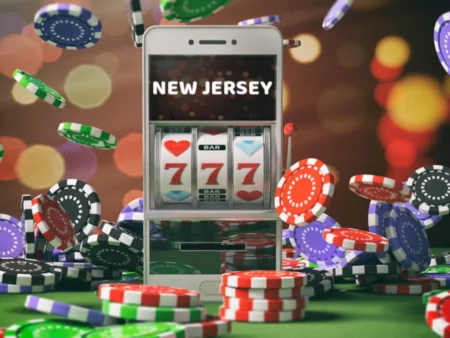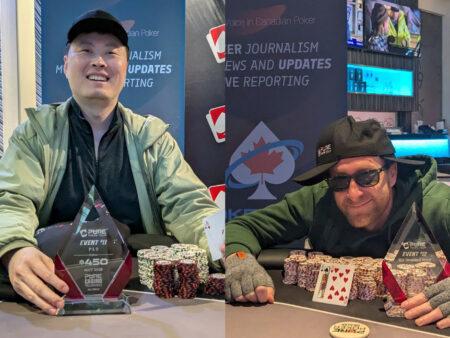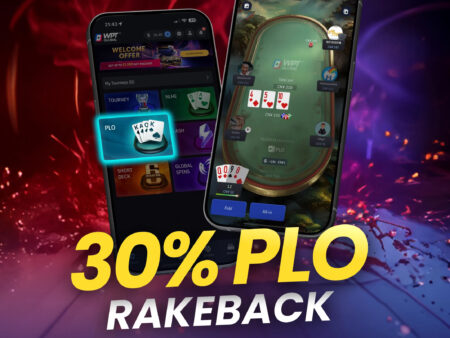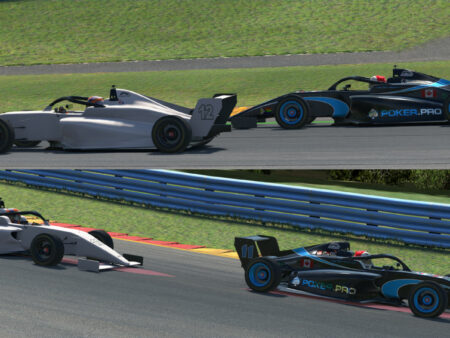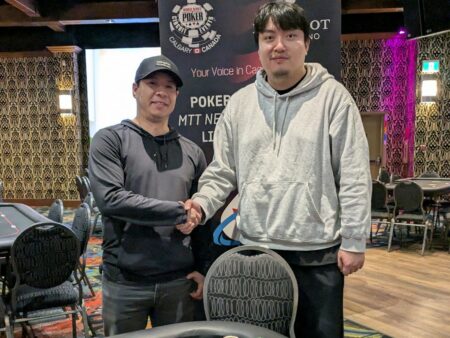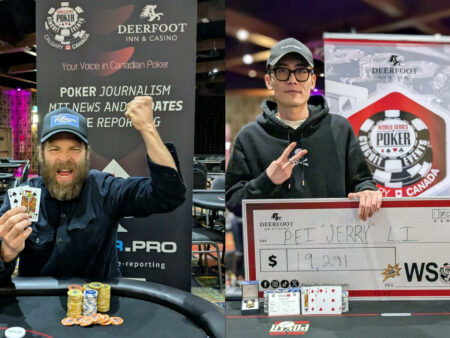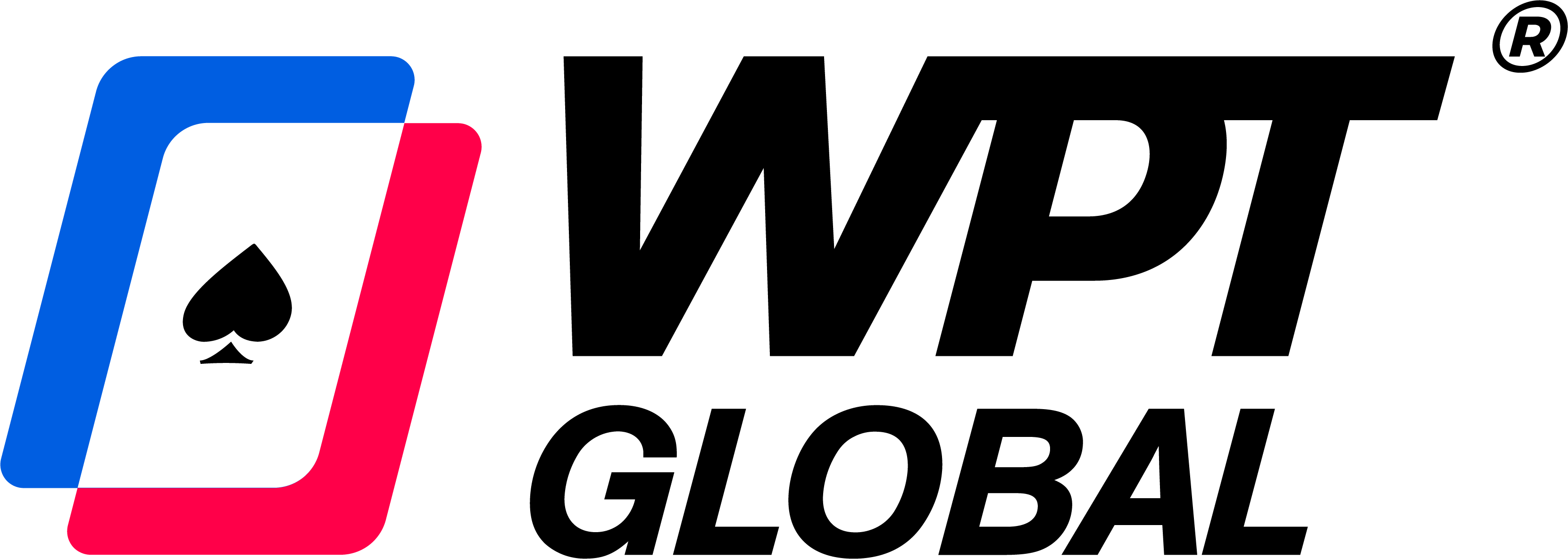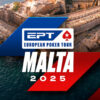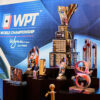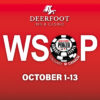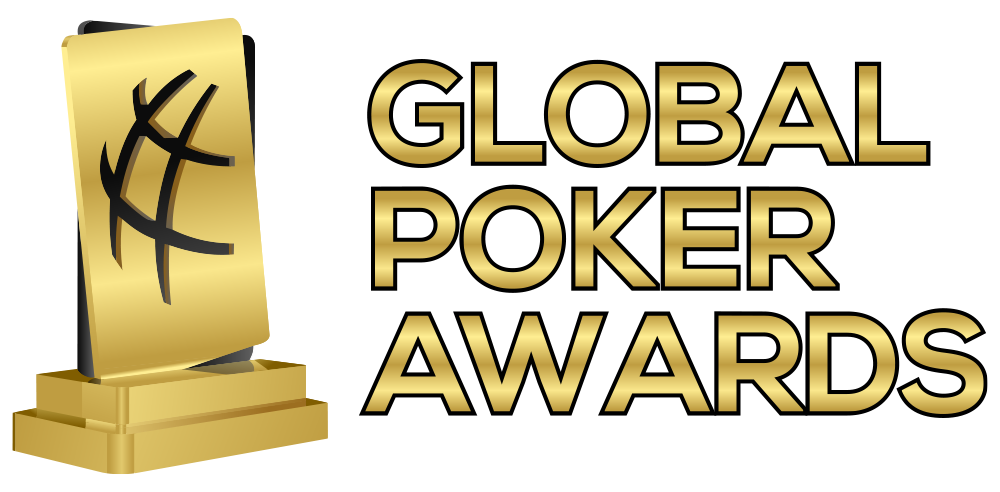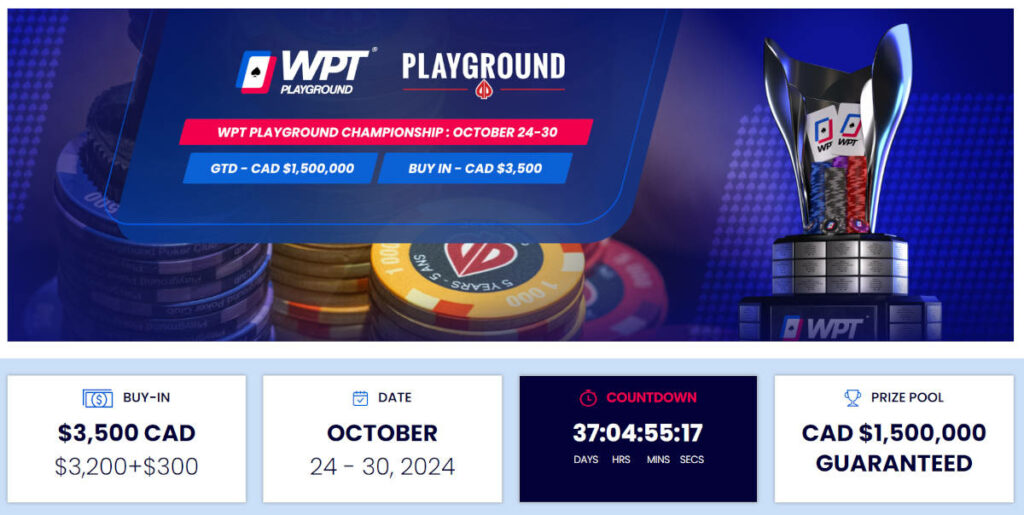
Poker is a game of decisions. The player is constantly required to make the best possible decision in a certain situation with limited information about the outcomes. In that way, poker and life have a lot in common.
If there’s a difference, it’s that life tends to punish bad decisions and reward good ones, while we all know that, on the poker tables, making the right call doesn’t always get rewarded. And while the rewards in life can be fleeting, the punishments for wrong decisions are generally swift and clear.
As such, when preparing to head off to the biggest poker game of your life, the decisions start even before you sit down at the table. This is a story that goes back to the 2013 WPT Montreal for a look at how I made the worst decision of the series before I even left my house.
“Autumn” in Canada
The fall editions of WPT Montreal have generally run in Oct/Nov, which is technically still autumn according to the calendar. This year’s edition runs in the final weeks of October, but back in 2013, the series ran from Nov 18 through Dec 6.
Whatever the calendar might say, however, Canadians are fully aware that “autumn” has caveats here. By the time November rolls around, basically all of Canada has experienced its first snowfall of the year, and much of it is already deeply blanketed in a very winter-like autumn.
So when tournaments run in the “Fall” here in Canada, the truth is, locals know to expect very winter-like conditions — or at least, we should know that.
Decision Points
Like a poker hand, life has decision points. Of course, we are making decisions all day long, but most of them are inconsequential in the long term. However, there are crucial points that happen regularly throughout life, such as when we reach a decision point that can have significant consequences down the road.
Such was the case for me in the late summer of 2013 when I was planning my return trip to WPT Montreal. I’d been to the series in 2012 as my first big trip exclusively dedicated to poker, and surprised myself with a big satellite win for a Main Event ticket worth $3,300.
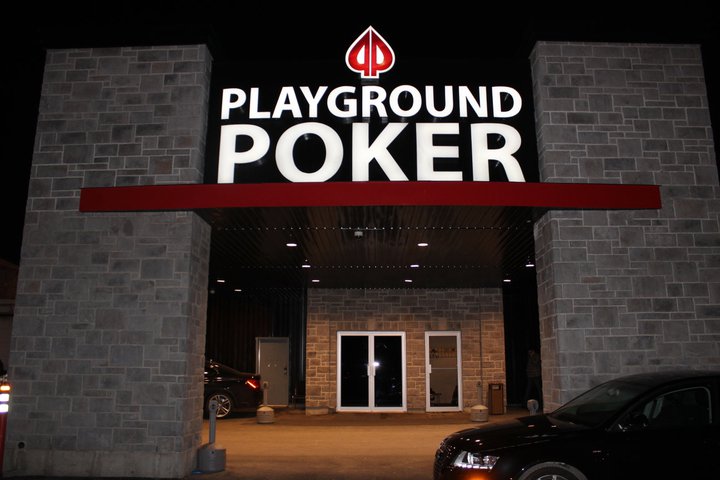
I played a few other events in that series without a cash, and ultimately, I decided to sell the ticket I won for face value, making for my biggest “poker score” ever at the time, and made the decision to return for the series the following year. That initial decision in hand, I returned home to Western Canada and forgot about the series for a few months.
Once I started planning my 2013 return, I had a crucial decision point — how do I get to Montreal this year? In 2013, I flew from Calgary to Montreal, renting a car at the other end. While that was a fine solution, once I did the math, I realized that it would be significantly cheaper overall for me to drive my own car to Montreal.
That saved me an airfare and the cost of two weeks of car rentals, in exchange for a few tanks of gas, and a few extra hotel nights during the trip. It’s worth noting for non-Canadians that Canada is big, really, really big. Even most Canadians don’t have a good conception of how big Canada actually is, but I knew my planned trip was going to be 4-5 days of solid driving each way to cover the more than 3,000 km (~2,000 miles) one-way to Montreal.
Surprisingly enough, that wasn’t really the bad decision I’m writing about. Canadians drive long distances all the time, and my entire youth is sprinkled with memories of family vacations where we spent days in a car getting to and from our ultimate destination. Long-distance car travel is just a fact of life in Canada, and while 3000 km is a long distance even for Canadians, it’s not anything unusual really.
No, my problem wasn’t the decision to drive to Montreal — my problem was the decision to do it in the Canadian “Fall” in my specific vehicle. If I’d planned the trip for July or August, I’d have had an easy 3-4 day drive to Montreal through scenic northern Ontario.
I still got my scenic tour of northern Ontario but most of the scenes were near-whiteout blizzard conditions. In fact, my weather issues started almost as soon as I left my house. Conditions were OK in my home of Medicine Hat, but within my first few hours of driving across the Saskatchewan prairie, I’d already gone through black ice and whiteout conditions because of wind.
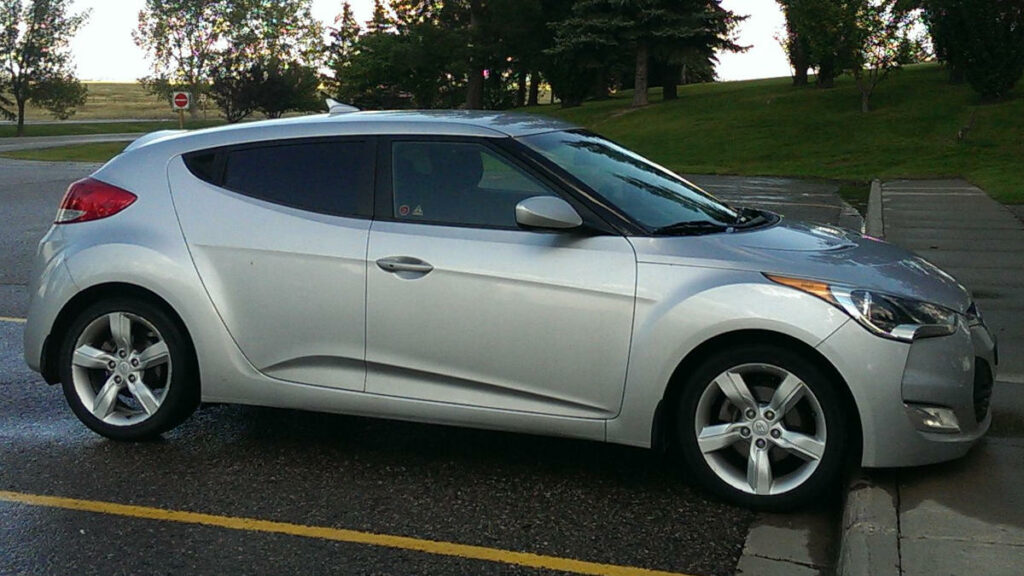
Things just got worse from there. I crossed the border into Manitoba and found the Trans-Canada highway to be closer to the playing surface of a hockey rink than a highway. It was so bad that the highway was closed for ~6 hours and I was stuck waiting for it to reopen (for reference, we don’t close highways lightly in Canada – we don’t close then for a little snow, or even for a major blizzard usually – they only close when you will literally die if you try to drive on it).
I made Winnipeg on Day 1 and spent the night, exhausted from bare-knuckle driving on ice all day. The next day promised a change of scenery from the wind-swept prairie skating rink of Saskatchewan and Manitoba to the densely forested Canadian shield region of northern Ontario and while I got away from the sheer-ice conditions of the prairies, I was heading into thick, dense blizzard conditions.
It took me an extra day to make it through northern Ontario. The highway there is largely just two lanes and the snow was thick and deep with limited visibility. Traffic was mostly doing 60-90kph at most and my car was experiencing problems as snow built up blocking the radiator. I ended up spending my first night in Thunder Bay, but only made it as far as White River the next day before I had to pack it in for the day.
After that, the weather gods proved a bit more kind to me. I had to deal with some lake-effect snow on the following day, which is thick, wet, and very nasty to drive in, but otherwise, the weather was beginning to clear, and I made Ottawa to meet up with a friend that night, with the final 2 hours to Montreal coming the following day.
The Poker
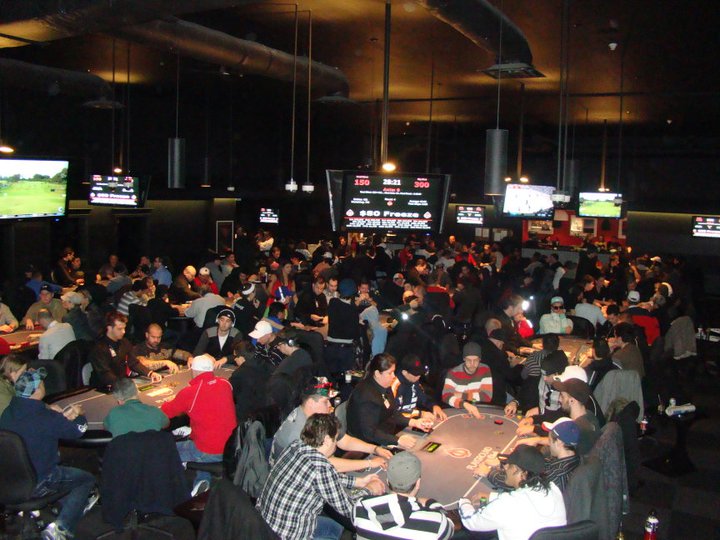
Compared to getting to the venue, the poker on that trip was pretty mundane. I bricked all the regular MTTs I played, but once again, I bagged myself a satellite ticket to the Main Event.
While I’d decided to sell the ticket the previous year because of inexperience, I decided that winning two years in a row was a sign, and I should use the ticket myself in 2013. While that turned out to be an unprofitable decision, it still paled next to my travel planning.
I ultimately busted the Main on Day 1a in a pretty rookie spot. It was still early in the day (Level 3 I think) and I woke up with kings in the middle. I raised to 2.5x (which was more common back then) only to face a three-bet from the button.
I took a bit of time and put in the four-bet, not really wanting to just call and see an ace on the flop. The button flatted my four-bet, and the “This is kings into aces” alarm bells started going off in my head.
The flop had an ace on it and that should have been the end of it for me. A check-fold was the way to go, or perhaps a check-call to give up on the turn, as it seemed pretty clear if he wasn’t ahead pre with aces, he was now with big slick or the ace-lady.
That wasn’t what my brain landed on, however. Instead, I decided the flopped ace blocked his top hands, and instead I could be against a smaller pair like jacks or queens. I went for a check-shove line (for an absurd number of big blinds I might add) — and was promptly snapped off with the flopped set of aces for a less-than-stellar finish in my first big buy-in Main Event.
Lessons Learned
While I made some horrendous decisions as part of this poker trip, I still look back on it fondly, not least because I learned some lessons.
- Go with your gut:
- I honestly did think “This is kings into aces” when my four-bet was flatted – had I gone with my gut, a check-fold on the flop could have meant a deep run for me, or at least surviving past Level 3.
- Think about the consequences of your choices:
- On the Felt –
- Even if I thought my kings were ahead, I didn’t fully consider the implications of line – ie, I’m out of the game when he has it or gets there against me with two cards to come. There are lower-variance lines I can take that may win me fewer chips when I am ahead, but will also preserve my stack when I’m not.
- I also should have spent more time with my decision to play instead of sell the ticket again. I’m not convinced this was a bad decision for certain, as I think my logic of winning two in a row was solid, but I could have easily secured myself a profitable trip with a sale and my experience level wasn’t much higher than the previous year. I think choosing to play for the experience, knowing I was likely out-classed, wasn’t the worst decision of my trip, but it was one I should have spent more time pondering.
- Off the Felt – The decision to drive to Montreal, on the face, made a lot of sense. I saved money on my trip expenses and only added a few days to my trip as a result. What I didn’t consider was the weather variance that I could 100% expect in Canada in late November. That, along with the vehicle I chose to do it in, proved to be my undoing for the trip. While the trip would have been harrowing in ANY vehicle, I’d have done a lot better through northern Ontario in an SUV with all-wheel drive than in my cheap-ass little sports car.
- On the Felt –
In the end, it was a poker trip that is mostly remembered by me for the “trip” rather than the “poker”. And it’s one that taught me to spend more time thinking through the fully expected consequences of your actions. Specifically, in this case, maybe don’t make the very first decision of your poker trip a choice to drive across Canada in the dead of winter in a small sports car. Life tends to punish those kinds of decisions pretty swiftly, as I found out.


